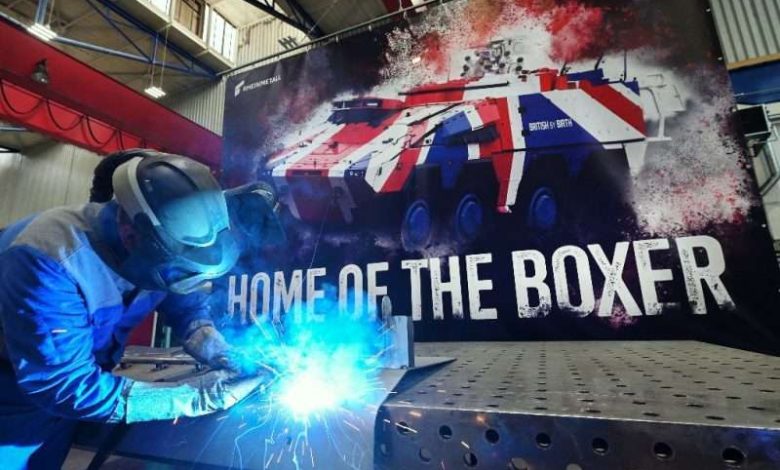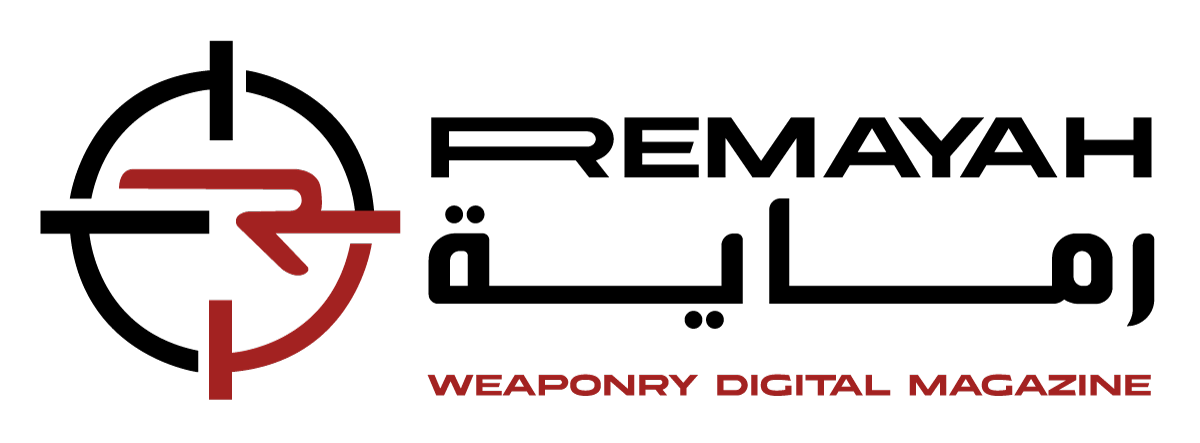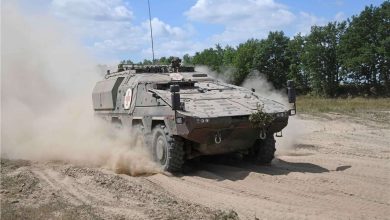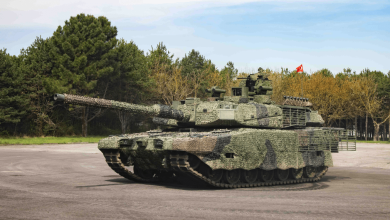
British Boxers Take Shape: Rheinmetall’s Kassel Plant Launches Production on Schedule
The UK’s Boxer program is progressing smoothly: precisely as anticipated, welding operations commenced today for the construction of prototypes and forthcoming series manufacturing of the Mechanized Infantry Vehicle (MIV). Under the oversight of Artec GmbH, a collaborative effort between Rheinmetall and Krauss-Maffei Wegmann (KMW), this crucial British wheeled armored vehicle initiative is entering a pivotal stage. The evolution of the four British variants of the proven 8×8 combat vehicle kicked off at the end of 2019. Initial milestones were successfully reached in autumn 2020. Regarding the modular structure of the Boxer vehicle, the MIV Program has capitalized on previously validated solutions and designs whenever feasible. Thus, the production of the initial components can commence immediately.
Contracted by Artec, Rheinmetall will design and produce the initial prototypes at its facility in Kassel, Germany. These prototypes will include elements contributed by the United Kingdom, such as remotely operated weapon stations, universal vehicle architecture components, the local situational awareness system, and the vehicle emergency lighting system. Furthermore, the first production series vehicles will also be manufactured in Kassel.
While series manufacturing will initiate in Germany, the majority of production activities will transition to the United Kingdom in 2023, primarily at the British facilities of Rheinmetall BAE Systems Land (RBSL) and the KMW subsidiary WFEL. The vast majority of Boxer vehicles intended for the British Army will be assembled in the UK. Rheinmetall’s Kassel facility is diligently transferring know-how – particularly its specialized welding skills – to its British counterparts at RBSL.
In total, the British Army is acquiring over 500 Boxer vehicles, including Infantry Carrying Vehicle, Command & Control, Field Ambulance, and Specialist Carrier variations. The delivery of the highly protected 8×8 armored vehicles is projected to commence at the end of 2022.
In 2019, Britain opted to rejoin the ranks of Boxer user nations. In November of that year, the British Ministry of Defence placed an order for this purpose with Artec GmbH via the European armament agency OCCAR. This order is valued at approximately €2.6 billion (£2.3 billion). Artec GmbH is a consortium of Rheinmetall and Krauss-Maffei Wegmann (KMW). It will manage the project on behalf of the British armed forces, with 50 percent of the total order volume allocated to each partner.
The Boxer – adaptable and proven in combat
The Boxer is a heavily fortified 8×8 wheeled armored vehicle. Its modular configuration allows for a range of variants unmatched by any other vehicle system. This versatile diversity fuels the Boxer’s rapid expansion. Already, new variants and enhancements are under development. To date, about 1,200 vehicles in more than 20 different configurations are under contract by four NATO nations: Germany, the Netherlands, Lithuania, and the UK. Additionally, Australia – a close NATO ally – has ordered a total of 211 Boxer vehicles in various versions.
Kassel – Rheinmetall’s hub of expertise for wheeled tactical vehicles
The German city of Kassel serves as Rheinmetall’s center of excellence for wheeled tactical vehicles, with expertise ranging from design and prototyping to full-scale series production and logistical support throughout the complete product lifecycle.
High-performance wheeled armored vehicles such as the Fuchs/Fox transport vehicle and the collaboratively produced Boxer will continue to be fundamental in future armed forces, thereby contributing to the credibility of national and allied military readiness. Rheinmetall’s Kassel facility maintains a long-standing and proud tradition of developing and producing top-tier combat vehicles. As they have for decades, cutting-edge wheeled tactical systems continue to roll off the production lines at the Kassel-Mittelfeld industrial park – intended for the German Bundeswehr as well as the armed forces of allied nations and partners like the Netherlands, Lithuania, Australia, and the United Kingdom.






